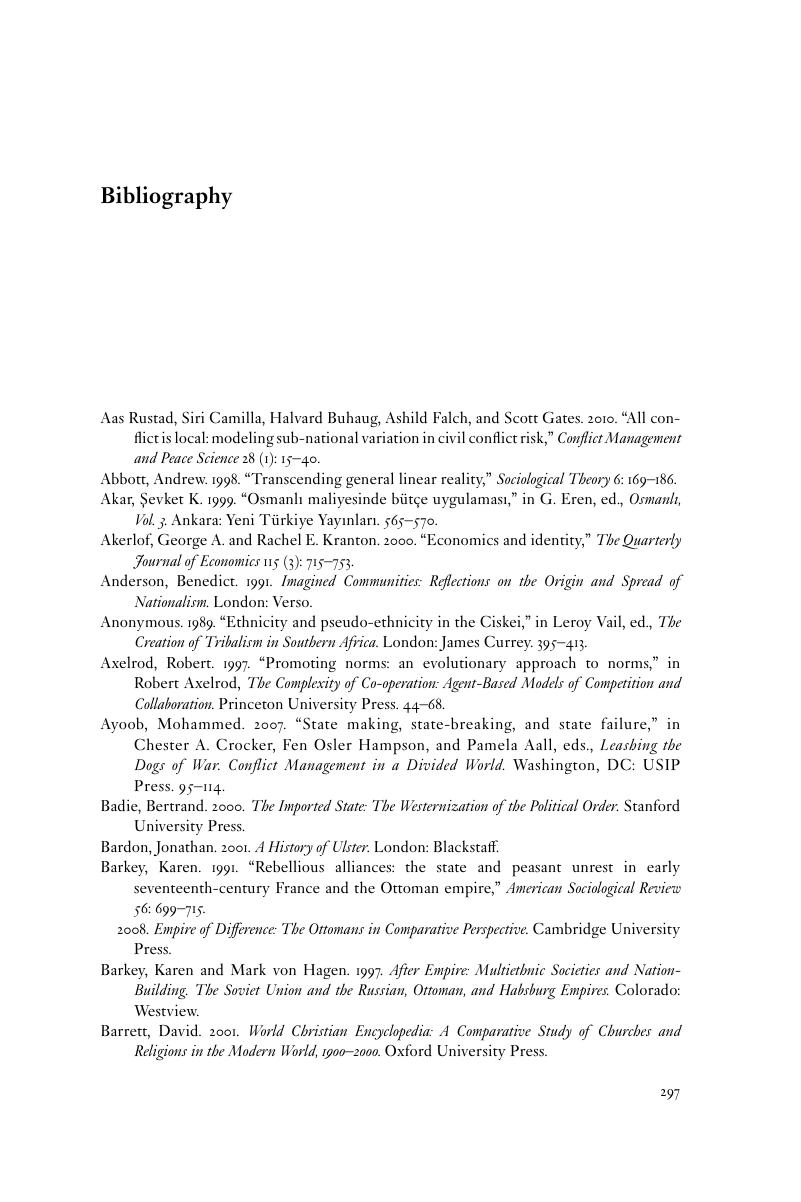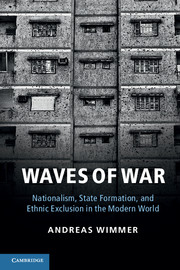Book contents
Bibliography
Published online by Cambridge University Press: 05 January 2013
Summary

- Type
- Chapter
- Information
- Waves of WarNationalism, State Formation, and Ethnic Exclusion in the Modern World, pp. 297 - 317Publisher: Cambridge University PressPrint publication year: 2012



